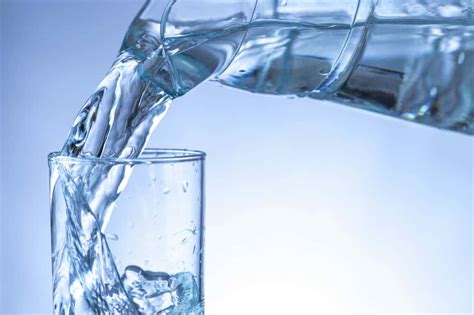Clean drinking water is essential for a healthy life, yet millions of people around the world still lack access to safe and pure water. Contaminated water can carry harmful bacteria, viruses, and pollutants that pose severe health risks. Whether you rely on tap water, well water, or a natural water source, knowing how to clean and purify your drinking water is critical for safeguarding your health. This guide provides everything you need to know about water purification, effective filtration methods, and the best ways to ensure you have access to clean and safe water at all times.
The Importance of Clean Drinking Water
Water is the foundation of life, making up about 60% of the human body. However, consuming contaminated water can lead to waterborne diseases such as cholera, dysentery, and typhoid. According to the World Health Organization (WHO), over 2 billion people worldwide drink contaminated water, leading to nearly half a million deaths annually. In addition to immediate health threats, prolonged exposure to pollutants like lead, arsenic, and industrial chemicals can cause long-term health issues, including organ damage and cancer.
Ensuring clean drinking water is not just about health; it also affects productivity, economic growth, and quality of life. In many developing regions, women and children spend hours collecting water from distant sources, reducing their time for education and work. Access to clean water improves overall well-being and enhances social and economic development.
Common Contaminants in Drinking Water
Water contamination can occur naturally or as a result of human activities. Some of the most common pollutants include:
· Bacteria and Viruses: Pathogens such as E. coli, Salmonella, and norovirus can cause serious illnesses.
· Heavy Metals: Lead, mercury, arsenic, and cadmium can enter water supplies through industrial waste and corroded pipes.
· Chemical Pollutants: Pesticides, herbicides, and pharmaceuticals often seep into groundwater and rivers.
· Sediments and Particles: Sand, dirt, and rust from pipes can make water look and taste unpleasant.
· Chlorine and Fluoride: While these chemicals help disinfect water, excessive levels can be harmful over time.
Understanding these contaminants helps in choosing the best purification methods for your specific needs.
How to Filter Drinking Water Effectively
Filtering water is one of the most effective ways to remove impurities and ensure it is safe for consumption. Different filtration systems target specific contaminants, so selecting the right one is crucial.
· Activated Carbon Filters: These are excellent for removing chlorine, odors, and some organic compounds. They improve taste but may not remove bacteria or heavy metals.
· Reverse Osmosis (RO) Systems: RO filters use a membrane to remove up to 99% of contaminants, including heavy metals, bacteria, and chemicals. However, they can be expensive and waste some water during filtration.
· UV Water Purifiers: Ultraviolet light kills bacteria and viruses without altering the taste of water. It is best used in combination with other filtration methods.
· Ceramic Filters: These effectively remove bacteria and sediments but may not eliminate chemical contaminants.
· Distillation: This process boils water and collects the purified steam, removing nearly all contaminants. However, it is slow and energy-intensive.
Choosing the right filtration system depends on the quality of your water supply and your specific needs.
Simple and Effective Ways to Purify Drinking Water at Home
For those who do not have access to advanced filtration systems, there are still simple and effective ways to purify drinking water at home:
· Boiling: The oldest and most effective method, boiling water for at least one minute kills most bacteria, viruses, and parasites.
· Chlorination: Adding household bleach (unscented) or chlorine tablets can disinfect water, but it should be used cautiously to avoid overuse.
· Solar Disinfection (SODIS): Placing clear plastic bottles of water in direct sunlight for at least six hours can kill harmful microbes using UV rays.
· Using Alum for Sedimentation: Alum can help remove dirt and sediments by binding particles together, making them easier to filter out.
· Homemade Sand and Charcoal Filter: A DIY filter using layers of sand, gravel, and charcoal can help remove some contaminants in emergencies.
These methods provide reliable alternatives for purifying water, especially in areas where access to modern filtration systems is limited.
The Role of Bottled Water and Its Environmental Impact
Many people turn to bottled water as a convenient alternative to tap water. While bottled water is often marketed as pure, it is not always superior to properly filtered tap water. In fact, studies have shown that nearly 25% of bottled water comes from municipal sources, meaning it is essentially filtered tap water.
Moreover, the environmental impact of bottled water is significant. The production of plastic bottles consumes millions of barrels of oil annually, and only a fraction of these bottles are recycled. This contributes to plastic pollution, which is a major global concern.
Instead of relying on bottled water, investing in a good water filtration system is a more sustainable and cost-effective solution.

How to Test Your Water for Purity
Regularly testing your water ensures its safety and helps identify any hidden contaminants. There are several ways to test water quality:
· Home Water Test Kits: Available at most hardware stores, these kits can detect pH levels, chlorine, lead, and other contaminants.
· Laboratory Testing: Sending a water sample to a certified lab provides the most accurate results on water quality.
· Local Water Reports: Municipalities provide annual water quality reports that list common contaminants and their levels.
By understanding your water quality, you can choose the best purification method to ensure safe and clean drinking water.
Conclusion: The Future of Clean Drinking Water
As global populations grow and water sources become more strained, ensuring access to clean drinking water remains a top priority. Advances in filtration technology, improved water management, and increased awareness about water conservation will play a crucial role in the future.
Individuals can take proactive steps by filtering drinking water, using sustainable purification methods, and staying informed about water quality in their region. By prioritizing purity drinking water, we can protect our health and contribute to a cleaner, more sustainable world.
Having access to clean drinking water should never be a luxury but a fundamental right. Through proper purification, filtration, and conservation, we can ensure safe and healthy water for generations to come.
Ensure your customers enjoy clean drinking water with BoostedOxygenWater—a premium solution designed for purity and wellness. Our advanced filtration and oxygenation technology guarantee purity drinking water, free from contaminants, for a healthier lifestyle. Whether you run a retail store, gym, or wellness center, our wholesale program offers competitive pricing and bulk supply options. Elevate your brand by providing filter drinking water that stands out in quality and performance. Partner with us today! Schedule a call now to explore wholesale opportunities and bring the future of hydration to your business.
Reference:
1. Aakre, I., Henjum, S., Gjengedal, E., Haugstad, C., Vollset, M., Moubarak, K., … & Molin, M. (2018). Trace element concentrations in drinking water and urine among saharawi women and young children. Toxics, 6(3), 40. https://doi.org/10.3390/toxics6030040
2. Atmojo, I., Ardiansyah, R., & Saputri, D. (2024). A simple water purification tool as an effort to meet clean water needs. Iop Conference Series Earth and Environmental Science, 1314(1), 012111. https://doi.org/10.1088/1755-1315/1314/1/012111
Baik, D. (2021). Development of direct water purification system. Journal of Human-Centric Science and Technology Innovation, 1(1), 33-42. https://doi.org/10.21742/jhsti.2021.1.1.05

